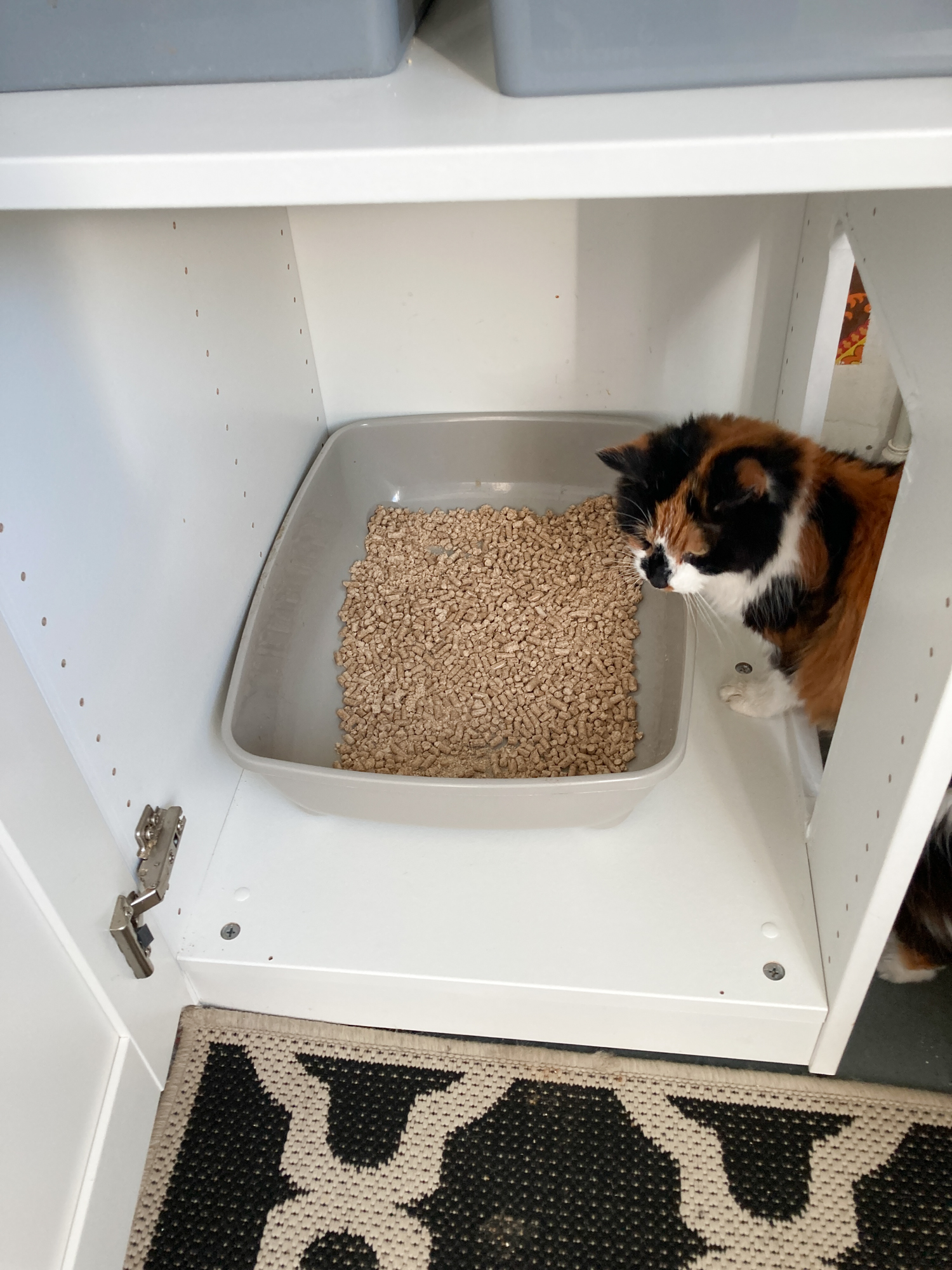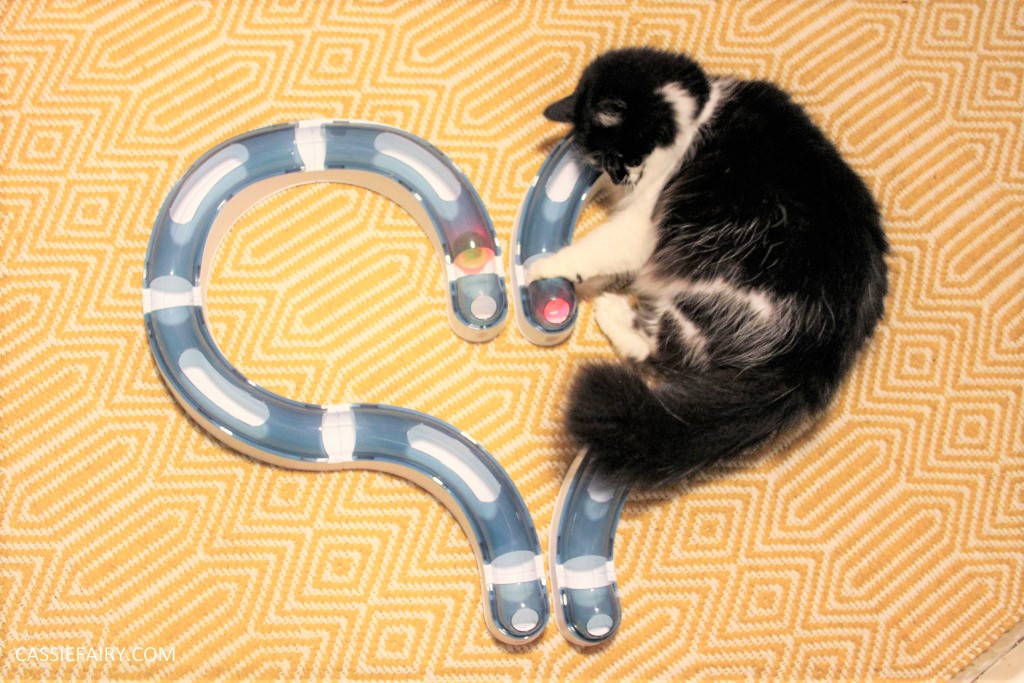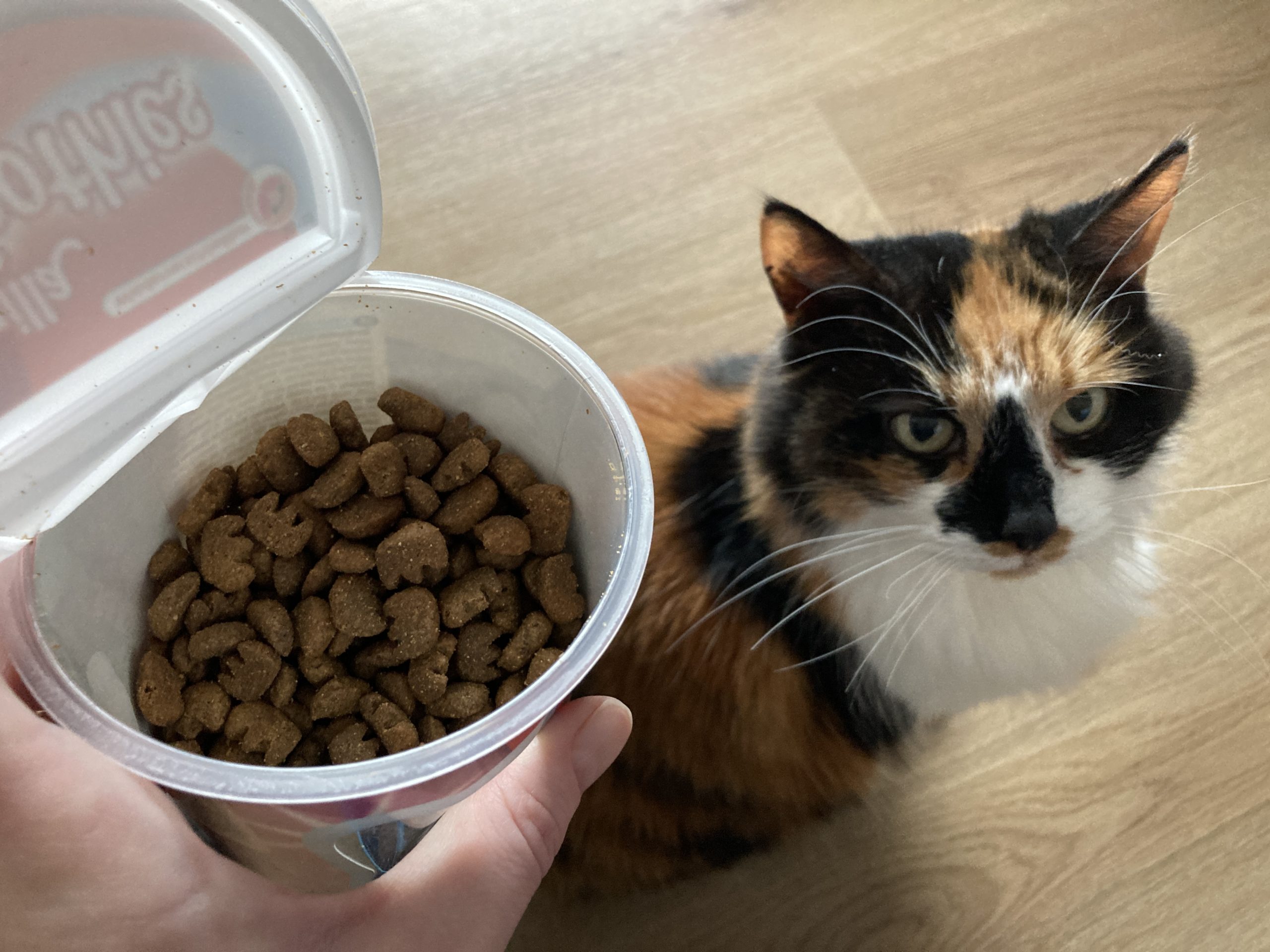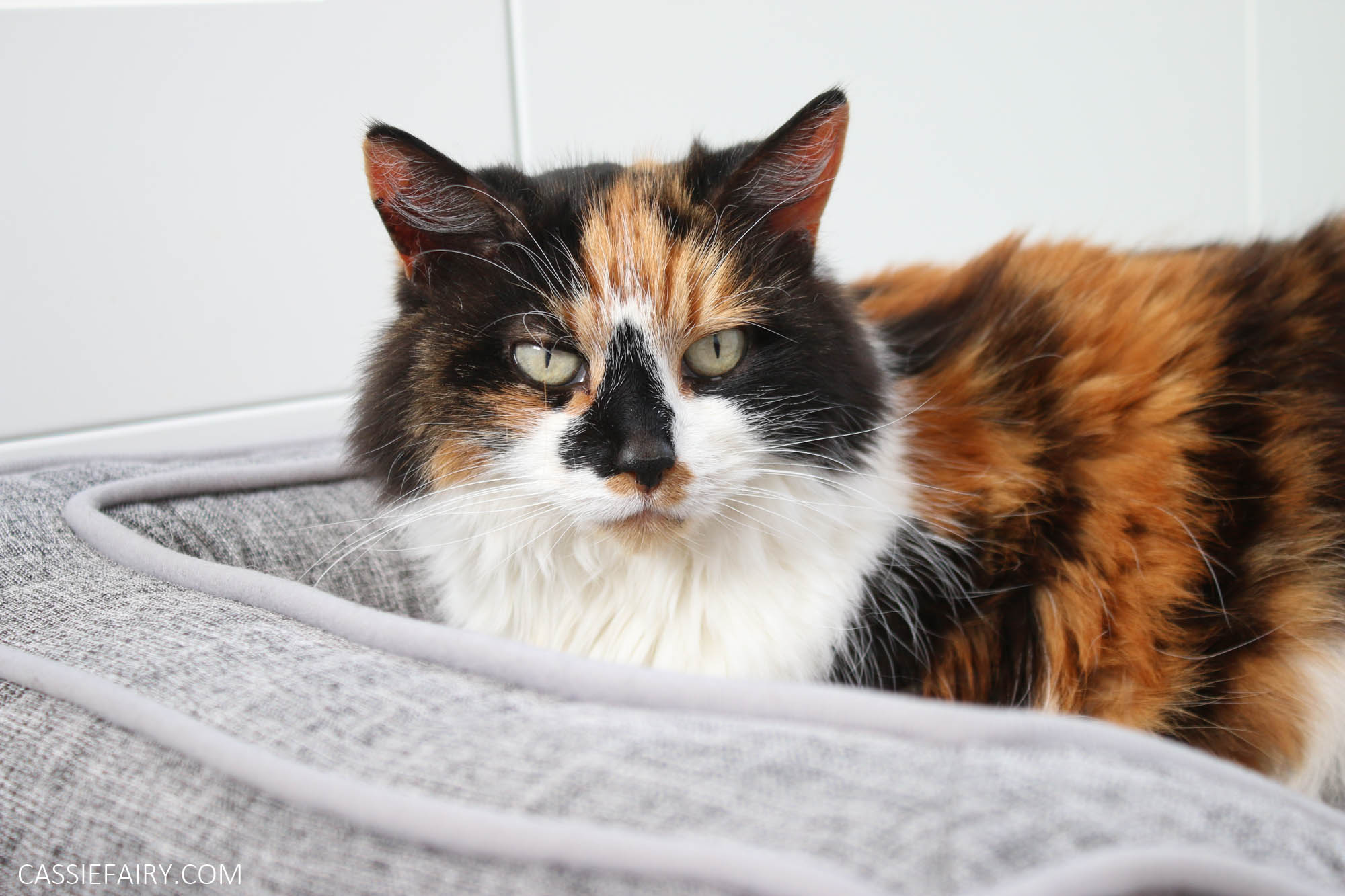Keeping your dog clean is one of your primary responsibilities as a pet owner, but it’s also one of the hardest, particularly if your ball of fluff is not thrilled by the thought of getting in the water. Cleanliness isn’t only about giving them baths, it’s about keeping them clean when you are out and about during playtime or walks too. Having a pooper scooper at hand allows you to quickly pick up any dog waste. Whether it’s in your garden or a park, it’s good to clean up any mess as soon as possible. Then, to make the bathing process easier for both of you, it’s best to get your dog used to the activity as early as possible. Here’s how…
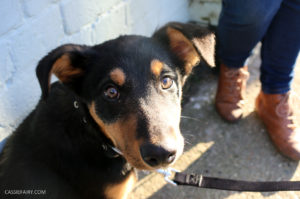
WHEN SHOULD YOU BATHE YOUR DOG?
Dogs can start regular bathing once they reach 3 months of age, but puppies younger than that can also be bathed if they are particularly smelly or dirty. How often your dog should take a bath depends on a lot of factors, such as the dog’s odour and skin condition, and whether he stays indoors or outdoors. It also depends a lot on how comfortable you are with the way your dog smells!
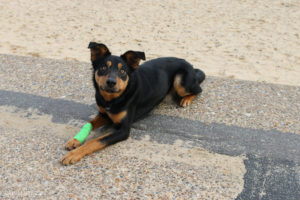
Outdoor dogs that work on the fields or out in the streets are more exposed to the elements and should be bathed more often than indoor dogs, for example. Depending on these considerations, dogs can take a bath once a month or several times per year. While it’s important to keep your dog clean, you should take care not to bathe him too often. This is because improper drying and frequent exposure to harsh chemicals can irritate your dog’s skin and lead to infections.
BEFORE THE BIG EVENT
To speed up the process and make bathing as painless as possible for your pet, you need to take care of a few tasks before splashing your dog with water. First, you need to find a place where you can bathe your dog. An ideal place should have enough space for you and your dog, should be designed to contain water, and must prevent your dog from successfully running away from you. If you have a puppy or a small dog, you can do this in the sink with the aid of a small basin, but for a bigger dog, you should consider using the shower or bathtub. Keep the dog shampoo and towel close at hand.
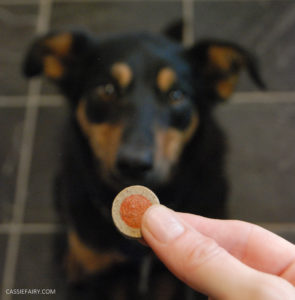
Next, prepare yourself and your pup. Brush your dog’s fur with a soft and wide angled brush to get rid of knots and tangles. These can be difficult to get rid of once wet, and they harbour excess moisture, which can cause skin irritation. Take off your dog’s martingale collar, too, to prevent it from getting wet. To keep your clothes dry, wear a waterproof apron. Perhaps you could prepare a treat so that you’re ready to reward your dog for their good behaviour.
BATHING YOUR DOG
It’s important to note that dogs have sensitive skin, which means that they are more prone to irritations and injuries. Steer clear of hot water but use lukewarm water to keep him comfortable, and talk to him in soothing tones to calm him down. Wash the body first. Lather the body with dog shampoo, paying special attention to his hind and leg areas. When lathering and rinsing the head area, avoid getting shampoo in his eyes, mouth, ears, and nose. Using conditioner is optional, but it can help avoid tangles and knots if your furbaby has long hair. Rinse until all soap residue is removed, and don’t hesitate to rinse again if necessary. Allowing harsh chemicals to remain in contact with your dog’s skin for prolonged periods can lead to skin irritations.
DRYING AND GROOMING
Allow your dog to shake off excess water, then rub him down with a dry towel starting from the head going down to the tail. Keep at it until the outer layer of his fur is dry enough. If your dog stays indoors, you can leave him near the fire or radiator to dry his inner fur. To make sure that his fur is completely dry, check his inner thighs, stomach and tail for moisture. If your dog has long fur, brush it one more time to straighten out knots where moisture can gather. Using a hair dryer is not encouraged unless your pooch is used to working with it, as the sound can scare the dog; but if you’re going to use it, always use the coolest temperature setting.
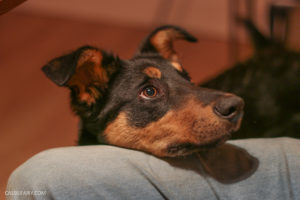
Bathing can be a stressful time for dogs, so it’s up to you to make the whole process more comfortable for your furry companion. Remember that if your dog is more comfy while bathing, he’s less likely to squirm and run around, which will make bath time easier for you and they’ll be less chance of a muddy mess all over the bathroom!
This blog post is an advertisement feature that has been written in collaboration with a sponsor. The pink links in this post indicate a sponsored link 🙂


















